When Christine O’Connor worked as a director of commissioning, she was used to meetings covering an array of clinical issues.

She was also used to having detailed indications of prevalence and cost for many conditions. “When I sat in those meetings, if somebody talked to me about diabetes I knew exactly what we were talking about; if somebody talked to me about heart failure, issues around cardiac care, I knew what we were talking about.”
But she remembers one significant exception. “If we went into the area of wound care, we went into a black hole, and we put a line under it and said we’re not going there. And I think if we’re being realistic, the majority of commissioners out there are faced with that black hole. They really do not know where to start.

“But the reality is that actually if somebody spent some time looking at this, we actually could save a lot of money and still give best care.”
Ms O’Connor, now director of operations at Accelerate CIC – a social enterprise which provides specialist care for people with chronic wounds or lymphoedema – was speaking at an HSJ/Nursing Times roundtable held in association with Smith & Nephew. The event brought together a group of nursing and non-clinical leaders to discuss how optimising wound management could lead to better patient outcomes and better value.
There is little doubt the issue of wound care is a significant and growing one. A 2015 paper published in the British Medical Journal estimated there are now 2.2 million UK patients with a wound, and put the annual cost of managing wounds between £4.5bn and £5.1bn.
That same year, research in the Journal of Wound Care predicted the number of wounds will rise by 9.8 per cent in the next five years alone: yet another product of the ageing population and complex comorbidities. Significantly, many of those wounds will be chronic – generally defined as those which do not heal within three months – and necessitate care over an extended period, with all the associated costs and demands on nursing staff.

It is notable these national figures are based on extrapolations as opposed to precise figures. But according to our roundtable panellists, an even bigger issue is knowing how cost, prevalence and workload breaks down by organisation and by locality.
Alison Hopkins, chief executive of Accelerate CIC and Ms O’Connor’s colleague, echoed the theme of a black hole. “If you want to know nationally how many people have diabetes, the data is there. But how many people today have a wound, no one would know. You have to do it through audit, which really is a paper-based exercise, which is very time consuming.
Different pots
“And even that doesn’t tell the story, because the longevity, the duration of the wound, is what you need to capture because that’s where the cost is.”
What that means, she suggested, is that it’s very difficult to convince budget holders that investing in better wound care will ultimately lead to savings.

“The reason investment is difficult in this area is simply because it’s all in different pots. If you really knew the impact of non-healing wounds on nursing productivity, and infection rates, and analgesia usage and put it all together, I do believe it would be easy to see where you could make significant savings. But we just don’t have that data.”
The result, many panellists suggested, is that it is impossible to get a true sense of cost and value when it comes to specific products or protocols. That in turn means it is very difficult to make the case for investment in more expensive dressings which might actually represent a saving in the longer term.
Said Andrew White, head of medicines optimisation at Greater Manchester Shared Services: “If you look at diabetes, we can look at what we spend on drugs versus the admissions. This is based on the actual number of people on the quality and outcomes framework register.
“So we’re able to look at cost of treatment per patient on the register. I’d love to be able to do that in this area [wound management]. That would allow us to be able to justify, or otherwise, higher spend with lower admissions or attendances.”
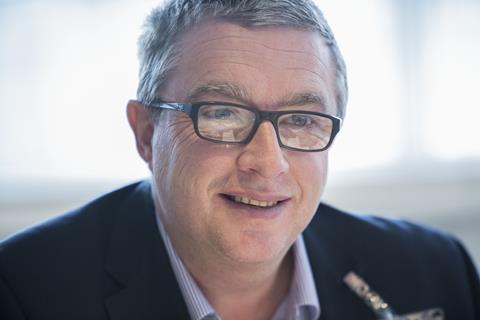
At Aneurin Bevan University Health Board in south Wales, audit identified an unusually high spend on wound management consumables. Tim Kelland, financial planning accountant for the organisation, has been working with colleagues to explore just why that is and how to ensure best value is being achieved. He has rapidly concluded it’s not just a case of looking at a dressing’s price tag.
The real cost
“As a byproduct of the lessons I’ve learnt, I think there are other treatments that might cost a lot more, but the clinical outcome is much better for the patient and for the economy and therefore for the public sector,” said Mr Kelland, who is now seeking to get a deeper understanding of the overall cost of wound management services at the organisation.
It was a point reinforced by Paul Jhass, strategic lead for wound care transformation at Kent Community Health Foundation Trust. “I think the focus very much always remains on the consumables as cost, and yet debate needs to shift to the episode cost.

“Everybody keeps focusing on the dressing cost, and keeps driving it down, pushing the other costs up – the number of nurse visits goes up, and that has a direct impact on the kind of services we deliver. So it has to be product costs plus the episode costs.”

Alan Turrell was in complete agreement, but he pointed out that even the total product cost could be difficult to pin down. “First you’ve got [products supplied via] the FP10 [prescription] which is paid in England by the CCGs, and then you’ve got the product in hospital and for patients taking out of hospital, which is a provider cost. So to get those two together in itself is a challenge, and that’s just for the products, never mind the cost of the service in terms of how much time community or district nurses spend providing wound care services to the patients.”
Wound healing boils down to not only the product, you’ve actually got to go right to the coal face and it’s the nurse at the very beginning, and that very first assessment is so fundamentally important
Another worry was whether the nurses taking responsibility for such services had sufficient knowledge and support to optimise care. “District nurses might see wound care 80 per cent of their workload, but they’re not the clinical specialists, they’re not the experts,” stressed Louise O’Connor, advanced nurse practitioner tissue viability at Central Manchester University Hospitals Foundation Trust. “It’s about improving their education.”
“I think it’s really, really difficult to consider what a district nurse does out there now on a day to day basis, and then have this issue of them having to deal with the challenge of wound management on top of that,” said Christine O’Connor of Accelerate CIC.
Caryn Carr, lead tissue viability nurse at Southern Health Foundation Trust, was in complete agreement. “[Wound healing] boils down to not only the product, but you’ve actually got to go right to the coal face and it’s the nurse at the very beginning, and that very first assessment is so fundamentally important. And my worries with that is we’ve now got staff out there who haven’t gone those skills.”
For Aneurin Bevan University Health Board, improving education is a key plank of their work on wound management. “We’ve transferred a little bit of what our tissue viability nurses do away from direct patient care into training,” explained Mr Kelland. “We’ve had examples where they’ve gone out to practice-based nurses to train them up. We’ve developed wound care champions in our localities and communities and trained them up. It’s something new for us – I don’t know whether this is going to lead to a positive outcome, but it’s something we’ve been able to invest in.”
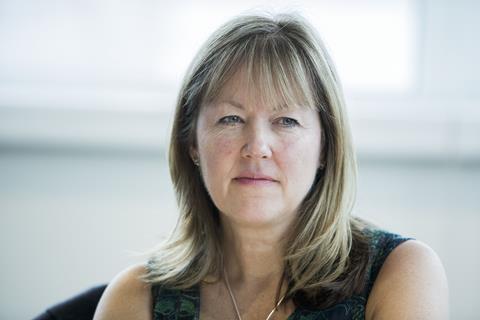
Partnership with industry
Mr Jhass suggested that, in many instances, industry has been left to fill the educational gaps on wound care. “We’ve been leaving band five nurses alone in the community and expecting them to manage the wound, and taking the tissue viability nurses away. And what has she or she got: the industry rep. So industry has been filling a very big gap that we’ve created ourselves. We need to address that.”
He did not feel that meant severing links with the suppliers of dressings, however. “Industry is not the devil,” Mr Jhass argued. “What we need to do is bring industry into a partnership relationship; an integrated way of working together and delivering education and care.”
Graham Popham, market access manager for Smith & Nephew, said this was a role industry was keen to play. He also emphasised there was a desire to give NHS customers the sort of data which would allow them to better assess value.
“Some way, some how, we have to move away from just talking to this. We have to have a call to action”
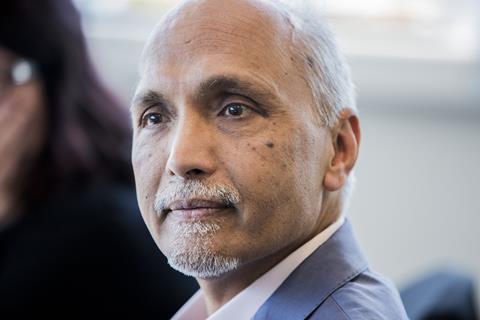
“I think the biggest take home from today I’ve got for a business as ourselves is how we move away from the cost of a product into its value and how that can facilitate better health outcomes over the longer term,” said Mr Popham.
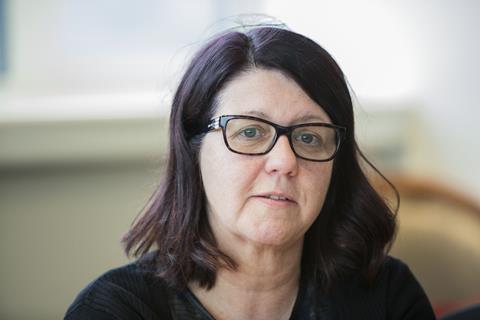
“I think it’s important for us to be able to look to the long term and create evidencable value. I think that’s a key issue with regard to where we are currently, and where we need to try and move in the future.”

For Christine O’Connor, securing a future in which all wound care is optimised really is a matter of acting now. “We are in the middle of yet another changing environment in the NHS – the development of sustainability and transformation plans (STPs), and I believe the time is now if we really want to make a noise about wound care. If we don’t do it now, we might miss the boat for the next three or four years.
“Some way, some how, we have to move away from just talking to this. We have to have a call to action.”
The panel
Caryn Carr, lead tissue viability nurse, Southern Health Foundation Trust
Alison Hopkins, chief executive, Accelerate CIC
Paul Jhass, strategic lead for wound care transformation, Kent Community Health Foundation Trust
Tim Kelland, financial planning accountant, Aneurin Bevan University Health Board
Jenni Middleton, editor, Nursing Times (roundtable chair)
Louise O’Connor, advanced nurse practitioner tissue viability, Central Manchester University Hospitals Foundation Trust
Christine O’Connor, director of operations, Accelerate CIC
Graham Popham, market access manager, Smith & Nephew
Joy Tickle, tissue viability nurse specialist, Shropshire Community Health Trust
Alan Turrell, director, Commissioning and Procurement Solutions Limited
Andrew White, head of medicines optimisation, Greater Manchester Shared Services
Smith & Nephew financially supported this roundtable but editorial control remained with HSJ and Nursing Times. In common with all HSJ and Nursing Times roundtables, panellists were not paid to attend this event and were selected based on their knowledge of the area being discussed.
Roundtable: Education holds the key to better wound care
- 1
 Currently reading
Currently readingRoundtable: Education holds the key to better wound care
- 2




















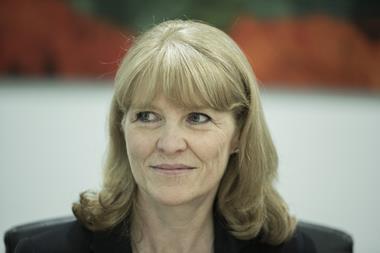
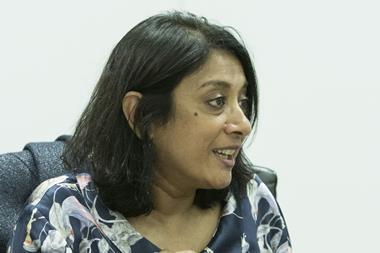

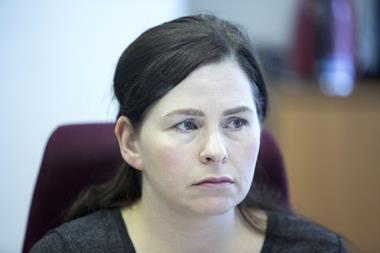


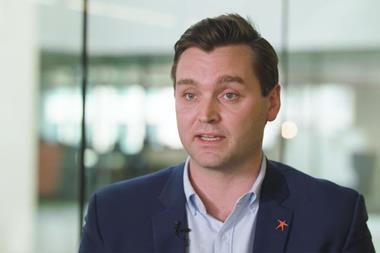


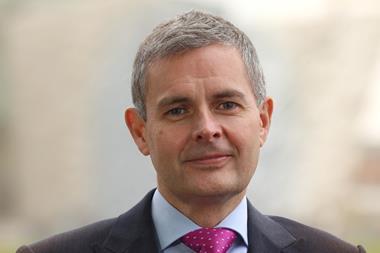

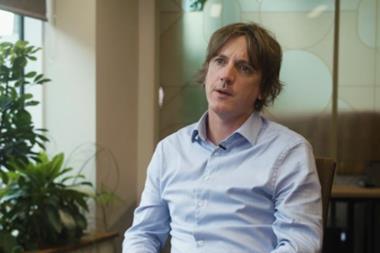






2 Readers' comments